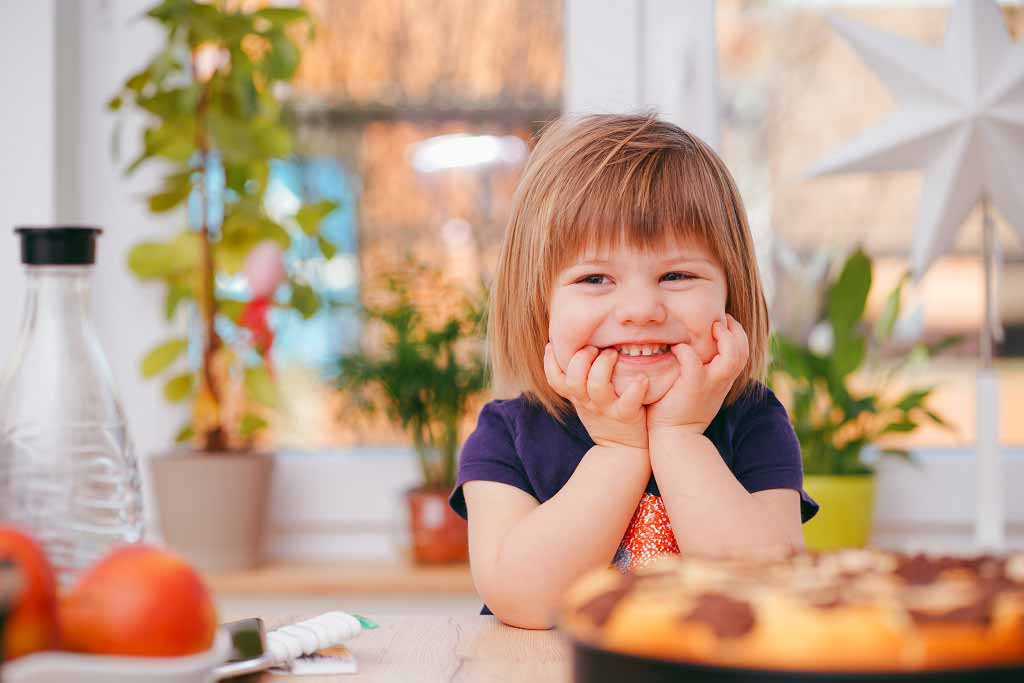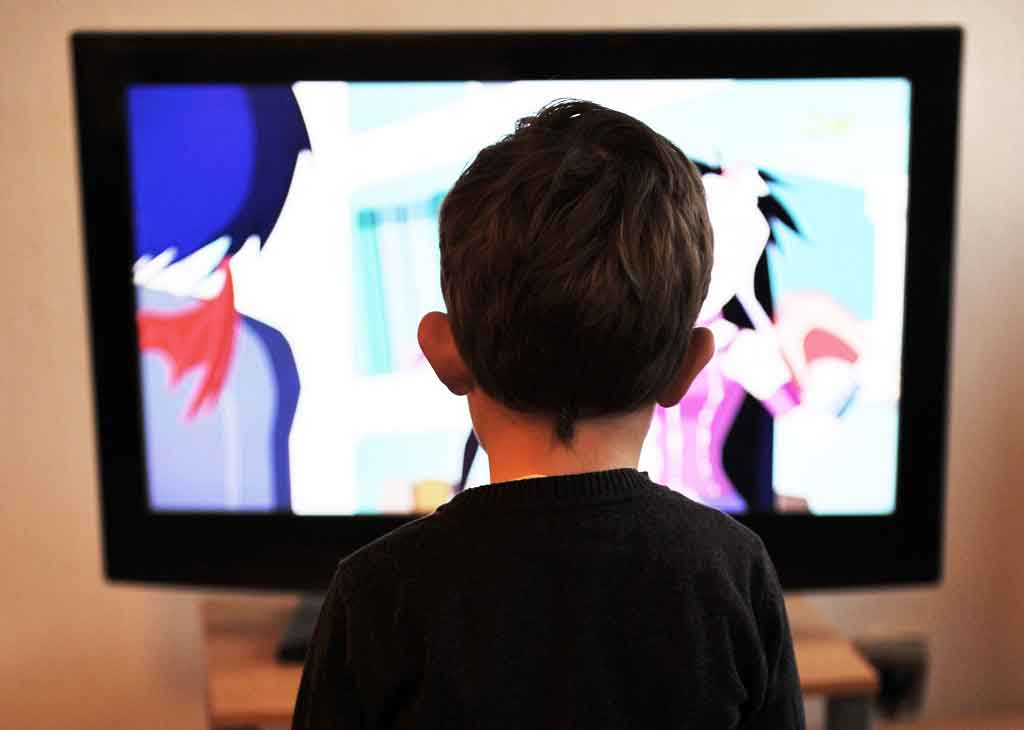Bullying may have worse long-term effects than child abuse
Pregnancy and child
"Bullied children are five times more at risk of anxiety than those maltreated," reports the Daily Mail. A study looking at both UK and US children found an association between childhood bullying and anxiety, depression and self-harm in adulthood…
"Bullied children are five times more at risk of anxiety than those maltreated," reports the Daily Mail. A study looking at both UK and US children found an association between childhood bullying and anxiety, depression and self-harm in adulthood.
People bullied by their peers in childhood were found to be more likely to have mental health problems in young adulthood than those who were ill-treated by adults, including their parents.
But the headlines are misleading – this figure only reflects the results of the US study. The results from the UK part of the study, which included more than three times the number of children, were not nearly as dramatic.
There are also some problems with the way this study was designed. It relied on children and parents self-reporting their experiences, which may make the results less reliable. For obvious reasons, parents in particular may have played down their ill-treatment of their children.
Still, the authors' conclusion that schools, health services and other agencies should co-ordinate their response to bullying seems a valid suggestion.
If you are concerned that your child is being bullied, it's essential that you or your child, or both of you, talk to their school. You could ask to see their anti-bullying policy, which every school has to have by law. This will allow you to see how the school plans to prevent and tackle bullying.
Where did the story come from?
The study was carried out by researchers from the University of Warwick and Duke Medical Centre, both in the UK.
It was funded by The Wellcome Trust, the Medical Research Council, and the Economic and Social Research Council in the UK, and the National Institute of Mental Health, the National Institute on Drug Abuse, NARSAD (Early Career Award), and the William T Grant Foundation in the US.
It was published in the peer-reviewed medical journal, The Lancet Psychiatry on an open-access basis, so it is free to read online or download as a PDF.
The study was widely covered by the media. However, the Mail's assertion that bullied children are five times more at risk of anxiety than those maltreated by adults is misleading.
This figure was also used in other news sources and in an accompanying press release, but it only reflects the results of a US study. The figures from the UK, which involved more than three times the number of children, were not as striking.
What kind of research was this?
This was a cohort study exploring the long-term mental health effects of bullying in childhood compared with a child's ill-treatment by adults.
The researchers say ill-treatment by adults in childhood, such as neglect, cruelty and sexual abuse, is a matter of intense public concern. It has been shown to increase the risk of mental ill health, substance abuse and suicide attempts.
Verbal and physical abuse (bullying) by other children is also a global issue, with one in three children across 38 countries reporting being bullied. It can also have similar adverse effects in adulthood.
The researchers aimed to find out whether mental ill health is a result of both ill-treatment and bullying, or whether bullying has an independent effect.
What did the research involve?
The research was based on two large ongoing cohort studies of families. One involved 4,026 children from the UK and the other had 1,420 children from the US.
The UK study aims to look at the health and development of children during childhood and beyond. The participants were pregnant women with an expected delivery date between April 1991 and December 1992.
From the first term of pregnancy, parents in the study completed postal questionnaires about themselves and their child's health and development.
The mother provided information on maltreatment between the ages of 8 weeks and 8.6 years, and their child's reports of bullying when they were aged 8, 10 and 13. The term "maltreatment" was assessed as physical, emotional or sexual abuse, or "severe maladaptive parenting".
Children attended annual assessment clinics, including face-to-face interviews and psychological and physical tests, from the age of seven onwards.
The US study is based on a sample of three groups of children aged 9, 11 and 13 years who were recruited in 1993. The parents and children were repeatedly interviewed and asked about bullying and maltreatment.
This included any physical or sexual abuse, or harsh parental discipline. The children were screened for behavioural problems and mental disorders up until young adulthood.
The researchers controlled the results for factors thought to increase the risk of child abuse and bullying, including the sex of the child, family hardship and the mother's mental health. They assessed for these factors during pregnancy for the UK cohort, and at annual parent and child interviews for the US cohort.
What were the basic results?
The researchers found that:
- In the US cohort, children who were bullied were nearly five times more likely to suffer anxiety than children who were maltreated (US cohort odds ratio [OR] 4.9; 95% confidence interval [CI] 2.0 to 12.0).
- In the UK group, compared with children who were maltreated, children who were bullied were more likely to have depression (OR 1.7, 1.1-2.7) and self-harm (OR 1.7, 1.1-2.6).
- In the US cohort, children who were maltreated but not bullied were four times more likely to have depression in young adulthood compared with children who were not maltreated or bullied (OR 4.1, 95% CI 1.5-11.7).
- In the UK cohort, those who were maltreated but not bullied were not at an increased risk for any mental health problem compared with children who were not maltreated or bullied.
- In both cohorts, those who were both maltreated and bullied were at an increased risk for overall mental health problems, anxiety and depression compared with children who were not maltreated or bullied. In the UK cohort, they were also at risk of self-harm.
- In both cohorts, children who were bullied by peers but not ill-treated by adults were more likely to have mental health problems than children who were maltreated but not bullied (UK cohort 1.6, 95% CI 1.1-2.2; US cohort 3.8, 95% CI 1.8-7.9).
How did the researchers interpret the results?
The researchers say that being bullied by peers in childhood had generally worse long-term adverse effects on young adults' mental health than ill-treatment by adults.
The findings have important implications for public health planning and service development for dealing with peer bullying, they argue.
Conclusion
The two sets of results from differing cohort groups make the findings of this study quite confusing. For example, the abstract and press release highlight the 4.9% increase in anxiety when children had been bullied only, compared with children ill-treated by adults. But this figure only comes from the US cohort.
The confidence interval for this figure is very wide, suggesting it may not be reliable. In the UK cohort, the increased risk for anxiety among those who were bullied was small, but this was not included in the abstract or the press release.
The study relied on both adults and children self-reporting bullying or maltreatment by adults, which may undermine its reliability. Adults especially may be less inclined to report ill-treatment by themselves or a partner, although the authors tried to design the study in a way to guard against this. Also, as the authors point out, the study makes no distinction between abuse by adults and harsh parenting.
In the UK cohort, not all children completed the mental health assessment at 18 years. Those with more family problems were more likely to drop out, which could also make the results less reliable. There may also have been some selection bias of those people who agreed to participate in the study in the first place.
The study also failed to take cyberbullying into account, although the authors say previous studies have shown an overlap between "traditional" forms of bullying and cyberbullying.
Across both cohorts, about 40% of children who were ever maltreated were also bullied. As the authors point out, it is possible that being ill-treated may make children more susceptible to being bullied, or that both types of abuse have common risk factors.
Read more advice about bullying, including spotting the signs and what you can do to help.






 Subscribe
Subscribe Ask the doctor
Ask the doctor Rate this article
Rate this article Find products
Find products






